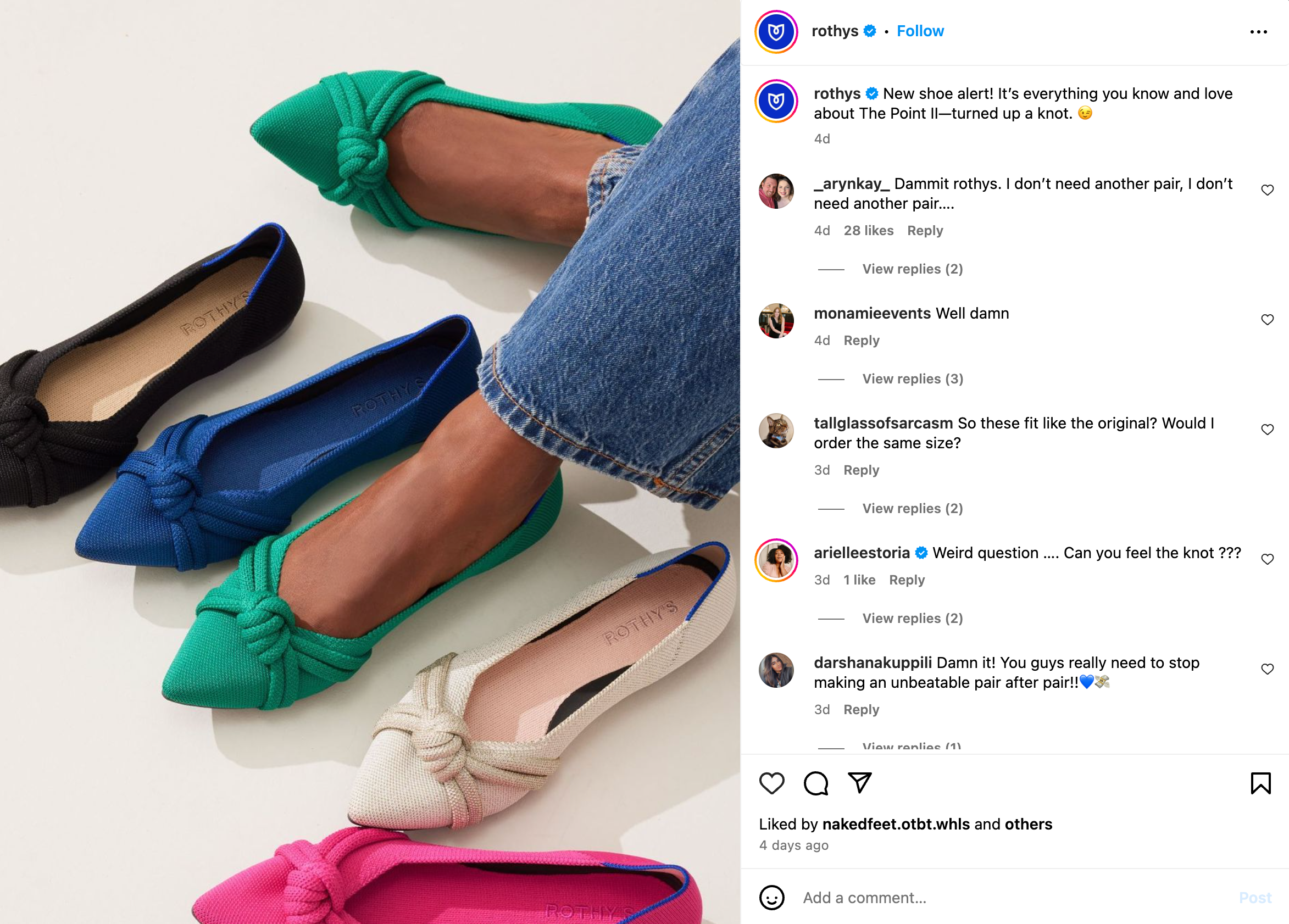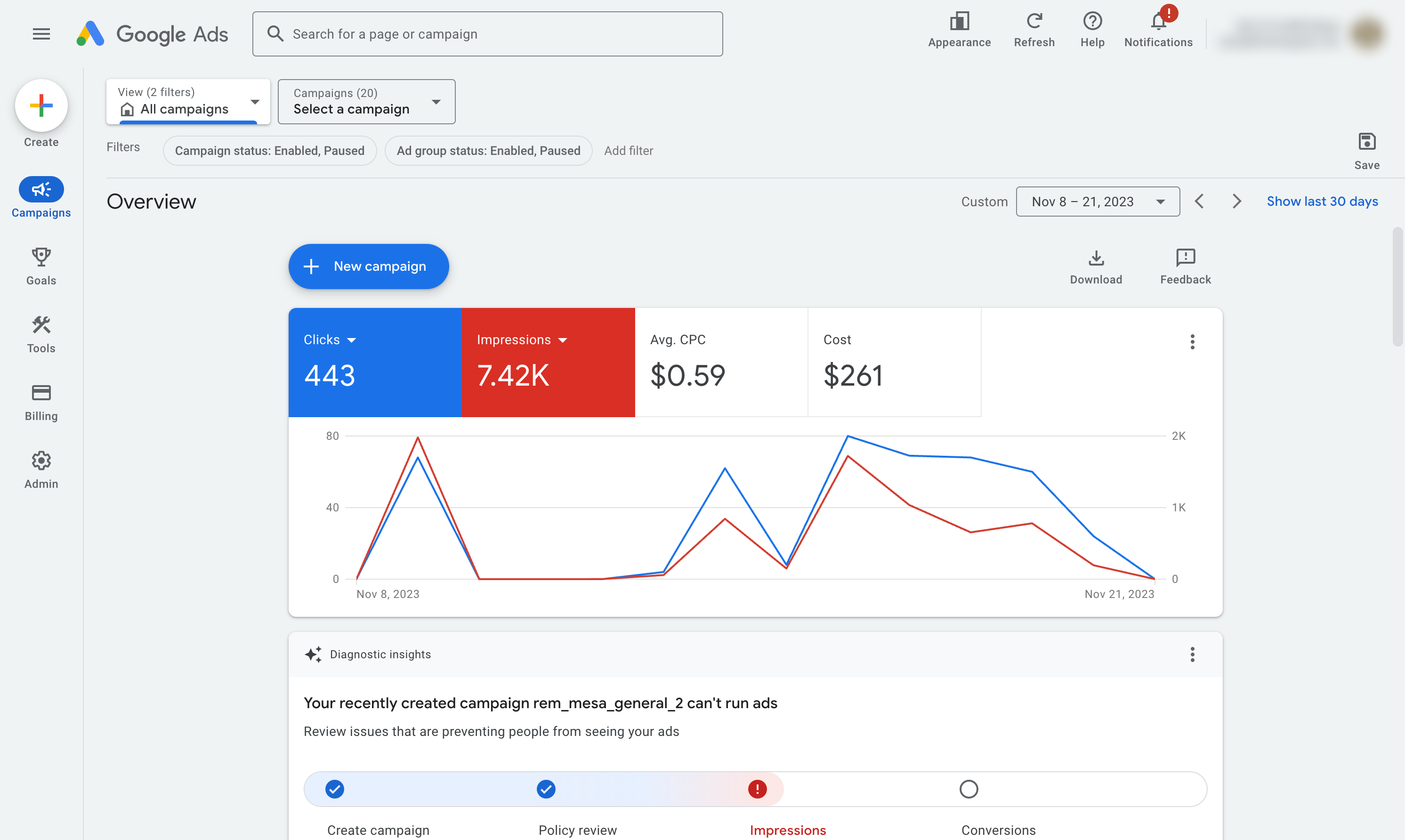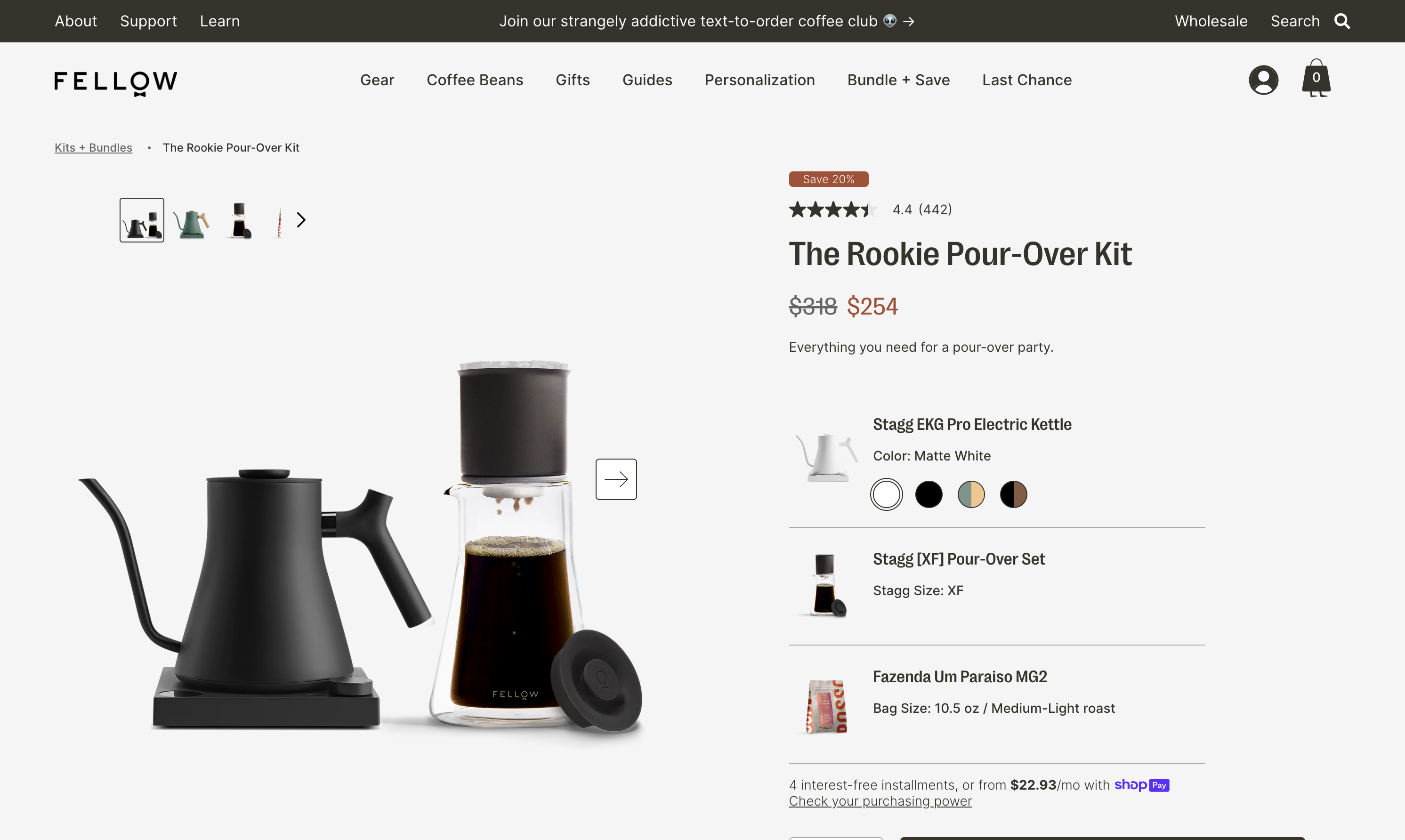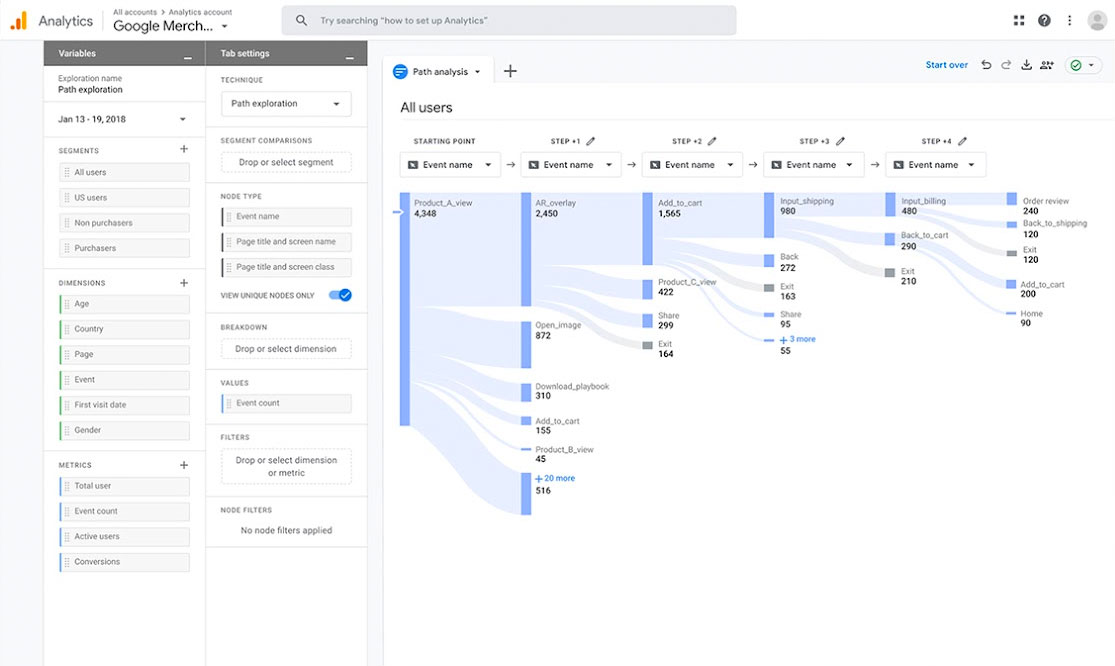How To Drive Traffic to Shopify Store
Shopify store traffic is the beating heart of any ecommerce business. Sales growth is only possible with a steady stream of potential customers entering your ecommerce website. Even with the best retention efforts and a loyal customer base, attrition will eat your revenue if you’re not getting new prospects.
You don’t need us to tell you that your ecommerce business lives and dies by its sales. Web traffic is the critical first step in converting search intent into customers.
This article will show you how Shopify stores drive traffic through various strategies and techniques. So, let’s get into it because there’s no time to waste.
Want to do more with Shopify? Try MESA today and start building smarter automations.
Topics:
Understanding the basics of ecommerce traffic

If you want to know how to get traffic to your Shopify store, the first step is understanding what traffic means in the context of an ecommerce store.
There are a few different ways to define ecommerce web traffic, but the simplest way is that it describes the flow of potential customers who are browsing your Shopify website.
However, we can split traffic into two broad categories: paid and organic.
Let’s explore both.
Paid traffic: Visitors to your site after clicking on a search engine, display, or social media ad.
Organic traffic: Prospects that come your way via search engines, social media shares, links on forums, or because they directly typed your URL in your browser. Essentially free traffic.
Which is better, paid or organic?
It’s not a competition.
Both traffic sources are essential to your Shopify store. Perhaps the best way to think about it is that organic traffic is a long-term strategy for user acquisition, while paid ads traffic gives you a shot in the arm when you need it.
Leveraging SEO to boost organic traffic
Search engine optimization (SEO) is crucial for generating organic traffic. In an ideal world, you want prospects to show up at your store and be ready to buy just by searching for products you sell. SEO can help you achieve that, but beware, it’s not easy and takes time to bear fruit.
Here’s what you need to do to drive traffic to your Shopify store via SEO.
Invest time in keyword research so you know what people write when they search for your products
Your product descriptions need to be on point so they connect with user intent
Well-optimized meta descriptions create impact on search results pages
People use image search on their search engines to find products, so make sure your photos are slick and inviting
Blog content is another solid way to improve your SEO ranking and connect with your target audience.
Utilizing social media to drive traffic

Social media is another good way to get people to your online store. Having a presence on platforms like Meta, Instagram, TikTok, and Pinterest helps you attract customers and relevant traffic. However, you must post and share interesting content from your social media accounts.
Some of the best ways of increasing traffic to your Shopify store include:
Posting shareworthy visual content
Building a strong community for your store
Encouraging existing customers to make user-generated content or guest posts
Using influencer marketing campaigns to connect with your target audience.
With social media platforms, people congregate around topics and subjects they’re passionate about. If you establish your Shopify store on social media, you can generate traffic and views that can turn into sales.
Implementing effective content marketing
The best way to gain your target audience’s attention, trust, and interest is by producing content they love.
There are lots of different content that you can produce to help drive traffic to your Shopify store, including:
Blog post, guest posting
Video content
Podcasts
As for the kind of content you produce, some good ideas are:
Content that helps users get the most from your product or services
Helpful content that answers users’ questions
Topics and trends that are related to your niche
Content that helps establish your authority
Finally, think about your target audience and what formats they like. For example, short and punchy videos work for the TikTok generation, while in-depth and educational content will suit a professional audience.
Email marketing strategies for increased traffic
Every year, people declare email marketing as dead. However, it’s anything but. Indeed, email marketing campaigns are still one of the most influential and cost-friendly ways of connecting with consumers.
Some good email marketing ideas for driving traffic to your Shopify stores include:
Newsletters with product information and tips and clear-as-day CTA buttons
Emails with personalized recommendations
Promotion emails with offers, discounts, and deals
Pro Tip: Keep your email list tidy and occasionally prune recipients who are not opening or reading your emails. It will help boost your overall deliverability.
Paid advertising: a tool for quick traffic boosts

While organic marketing is a sustainable and cost-effective way to drive traffic to your Shopify store, it’s a more long-term strategy. Indeed, things like SEO can take six or more months to start producing results. So, what are you meant to do while you wait for online shoppers to roll up to your Shopify website? The answer is paid ads.
While paid ads are an excellent short-term option, we don’t want to give you the wrong impression. They are also part of a general strategy to get more traffic for your store. When used with organic traffic, they are a great way to get potential customers to browse your products.
There are a few compelling reasons to use paid social media ads, including:
Advertising platform like Instagram ads, Youtube ads or Google Ads offer exact targeting and access to a vast audience base.
Google Search Ads help your product appear above the other search engine results page (SERP) entries for relevant keywords.
Ad platforms generate significant data to help you understand your audience and optimize conversion rates and sales.
Here are the basics of a good paid ads strategy.
#1. Understand your audience and use Google and Facebook Ads’ excellent targeting capabilities to serve ads based on demographics, location, interests, and more.
#2. Use analytics to determine how much each customer is worth to you over the long term and use that to inform your bidding strategy.
#3. If you want to create ads that sell, ensure you have:
Compelling and descriptive headlines that grab attention
Copy that emphasizes benefits and not just specs and features
Great visuals
Clear CTAs
#4. Use A/B testing to serve your users different versions or combinations of your ads. Then, settle on what works best.
#5. Track metrics and ad performance so you can make constant adjustments to wring as much value as possible from your ad spending.
Collaborations and partnerships

Another good strategy for how to get traffic to your Shopify store is to embrace collaborations and partnerships with brands and influencers. Here are some tips:
Look for trusted and relevant influencers whose values and audience align with your own.
Find brands that aren’t your direct competitors but do sell related products. You can use all kinds of cross-promotions, like discounts, guest blogs, or contests that give you access to each other’s audiences.
Explore affiliate marketing so that you have people promoting your brand day and night for a small cut of your sales.
Analyzing and optimizing traffic strategies

Tools like Google Analytics 4 (GA4) are a great way to understand where your quality traffic is coming from. Using these tools means you can attribute which strategies are working and which need more work.
It can also help you predict the impact your sales and marketing budget could have on your sales.
Another consideration is the customer journey, which involves a prospect’s first hearing about your store and becoming a loyal customer.
GA4 can help you understand the journey, remedy any friction in your strategy, and double down on the approaches driving revenue. Again, A/B testing is your friend, so use it for everything you can.
Conclusion
Driving traffic to your Shopify store requires a multifaceted approach. A combination of paid ads and organic traffic is best, but there’s no time to rest easy. Generating quality traffic requires consistent hard work and analysis and the ability to adjust and adapt to changes.
So, get out there and experiment, and you’ll find out what works for your audience or niche.


